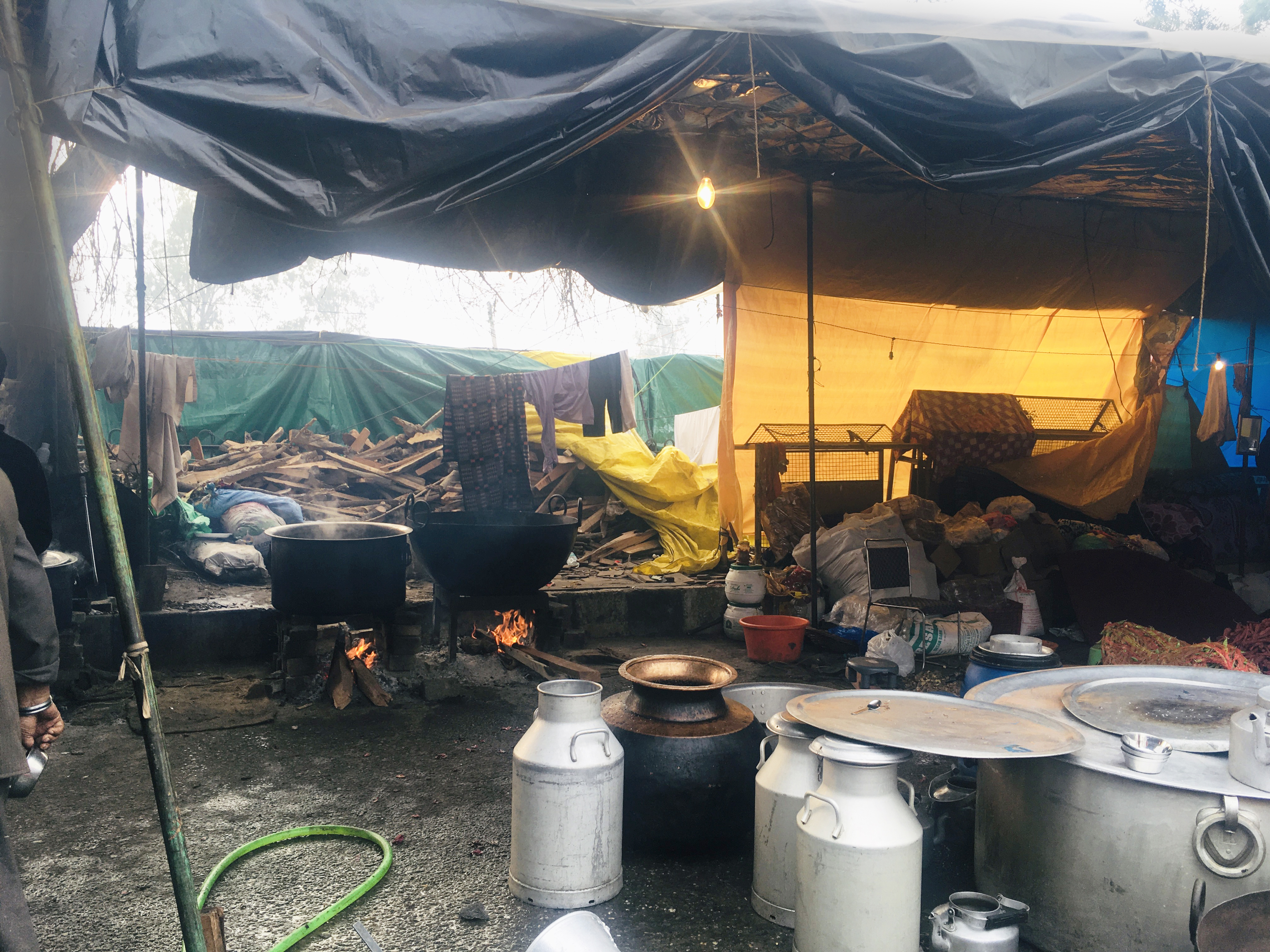theforgetfulblink, “‘Border o Border’: ‘Trolley Times’ Teaser with Madan Gopal Singh,” YouTube, January 8, 2021, ➝.
The Sikh notion of Chardi Kala, namely the rising life force, sometimes spoken during religious sermons, other times deployed at personal existential or community levels, emerges here as a reflection or a continuum of Hannah Arendt's idea of Vita Activa, where human life generates the provisions of freedom and work, of doing and acting.
Reviel Netz, Barbed Wire (Middletown: Wesleyan University Press, 2004).
All photographs by the author.
I would like to thank Guriqbal Singh, Mila Samdub, Aditya Singh for all the literary, editorial and emotional support in doing this piece. I would also like to thank everyone at the protest site for letting me provide this offering to this very large and important cause.
Some Instagram handles that continue to report on the Farmers’ protests on Delhi borders:
Trolley Times (@trolley_times_official)
Kisaan Rally (@kisaanrally)
Sandeep Singh (@punyaab)
Khalsa Aid (@khalsa_aid)
Nav Rahi (@nav.rahi)
Jaskaran Singh (@_jk_photography)
Swaiman Singh (@dr_swaiman_singh)
Jagdev Singh (@jagdev.singh.90475)
Survivance is a collaboration between the Solomon R. Guggenheim Museum and e-flux Architecture.
